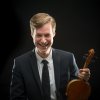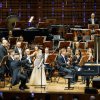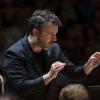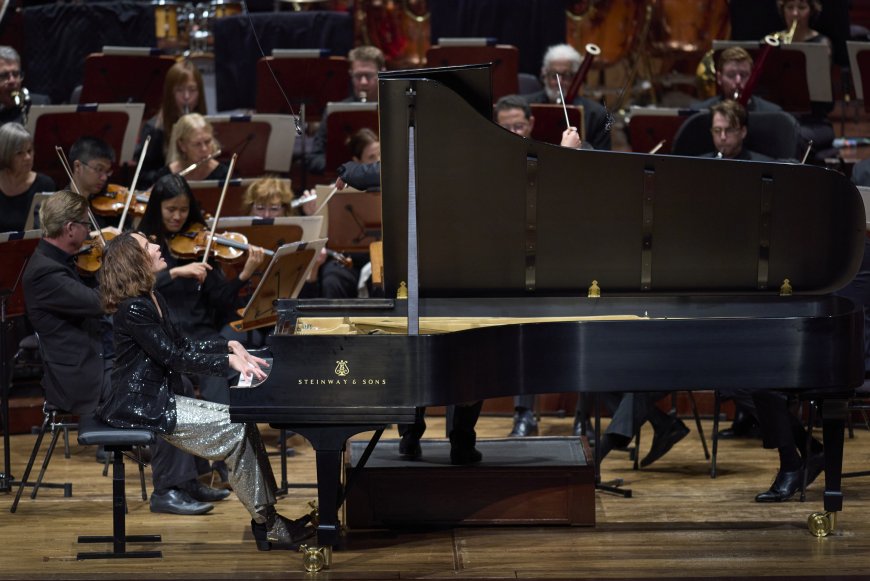
When you hear the name George Gershwin, Hélène Grimaud doesn’t exactly spring to mind. The French pianist did perform Gershwin’s Piano Concerto with the Baltimore Symphony in 1997, but since then she’s rarely, if ever, played the work.
But at the San Francisco Symphony on Thursday, Sept. 18, Grimaud brought Gershwin back. In a program led by American conductor James Gaffigan, the Symphony spanned a century of American music — with a couple French connections. Gershwin’s 1925 concerto was the first stop.
Grimaud’s phrasing, all these years later, had a tad more rubato, a slightly softer touch. Still, her interpretation of Gershwin remained largely the same as it was in 1997: idiosyncratic.
From the jangling dissonances of the first phrase, the melodies sounded so Romantic they could have been Rachmaninoff. The technical passages were driving and declamatory. In the breakneck sequences of the finale, the bass notes were feral. Grimaud’s playing won’t resonate with everyone, but her individuality certainly would have appealed to Gershwin himself.
In the hazy second movement, the composer hands out solos to the band. On Thursday, the clarinets swung with pleasant languor, concertmaster Alexander Barantschik crooned his cadenza, and flutist Blair Francis Paponiu’s unhurried melody had a coolness befitting the piece’s original name, New York Concerto.
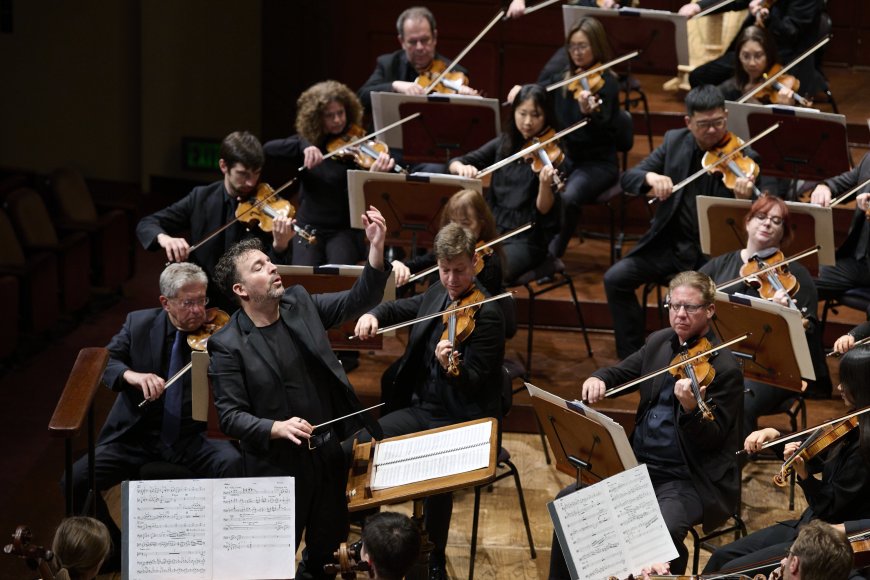
A couple of transatlantic trips in the 1920’s equipped Gershwin with a melange of experiences he wrangled into the now-beloved tone poem An American in Paris. The 1928 orchestration, three years more mature than the concerto, is staggering. It’s watercolor textures one moment and explosives the next.
Gaffigan, who served as associate conductor at the Symphony from 2006 to 2009 and has been a familiar face in recent seasons, didn’t moderate Gershwin’s exuberance. You couldn’t always hear the right things. But boy, was it exciting.
Better still were the homages to Harlem that framed the program. The Block, a six-minute work by Black composer Carlos Simon, came first.
Simon’s 2018 curtain-raiser is inspired by Romare Bearden’s 1971 paintings of a single Harlem block. Like Gershwin’s Paris, the piece deals in impressions. Unison riffs in the string sections sound like teenagers clowning. The piccolo preens like an off-course exotic bird. There’s a bluesy language throughout, flirtations with pitch centers, but the music never stays in the same place for long.
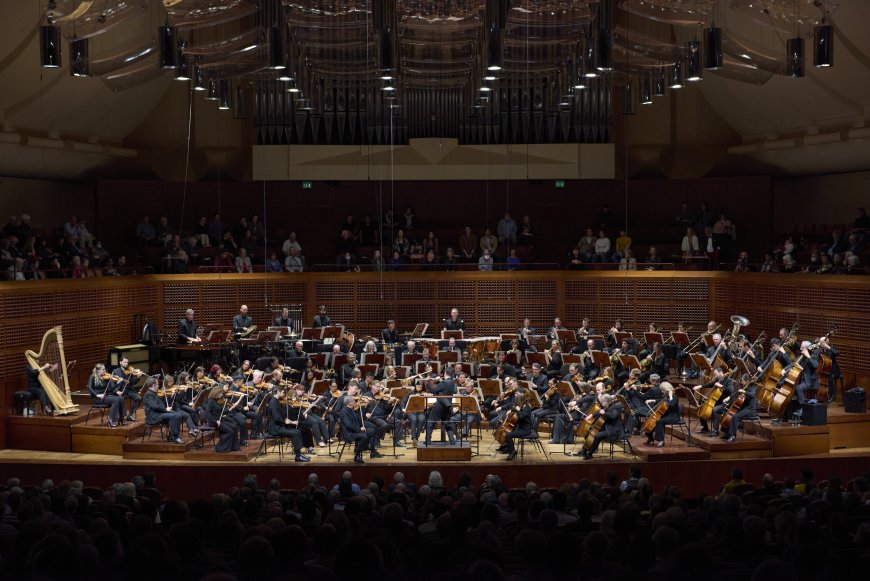
Midway through The Block, the pitch center suddenly swerves, then turns skyward in soaring string lines. Just when the groove really gets going, everything dissolves, as if the preceding music was only a mirage. Then, a brisk cadence marches toward the finish, arriving at the same home-key triad that concludes any classical symphony, only stacked high with jazzy added thirds. It’s tongue-in-cheek, maybe, but more than anything, it’s joyous music.
Duke Ellington’s Harlem, a piece conceived in 1950 as a concerto grosso for jazz band and symphonic orchestra, concluded the evening. A two-note whine played by principal trumpet Mark Inouye with a plunger mute — and much swagger — crooned “Har-lem” for the refrain.
As for the verses, they’re all over the map.
Ellington’s score crosses through Civil Rights demonstrations, a rhumba and a funeral (Carey Bell’s slinky, mournful clarinet solo). A spiritual slowly rises in counterpoint, then bursts into a beautiful brass chorale. The six-person percussion breakdown — so infectious the audience couldn’t help but applaud mid-piece — let up just in time for the final, ear-shattering “Har-lem.”
There was nowhere else you’d rather be.


